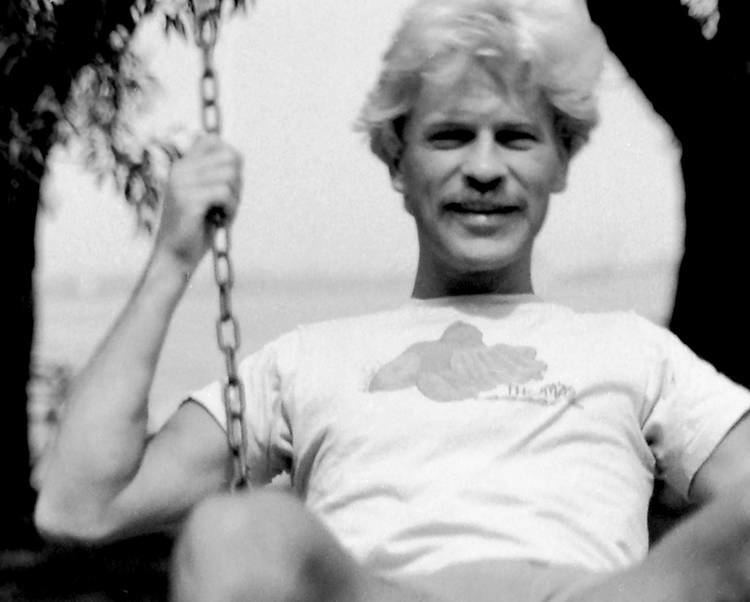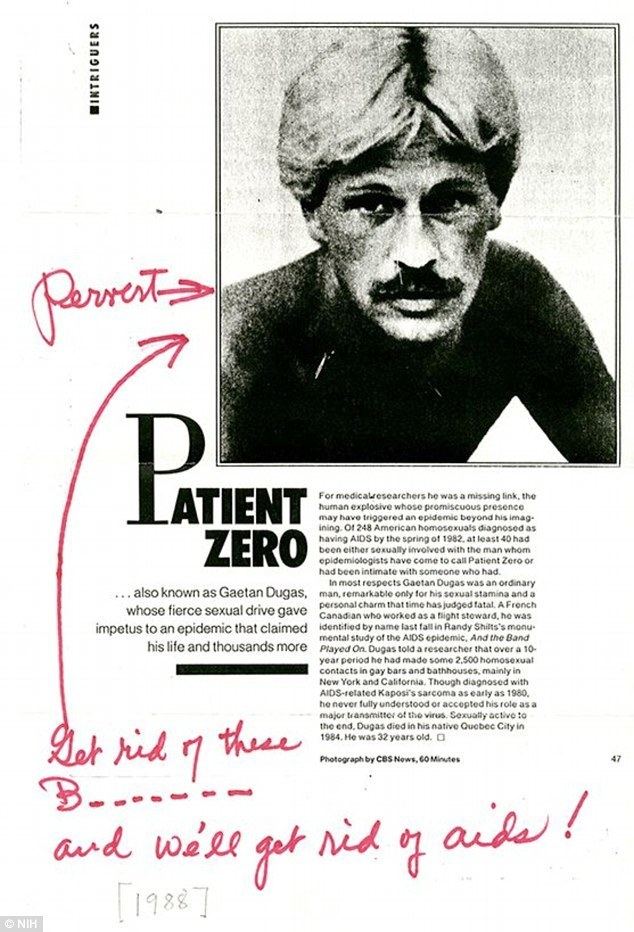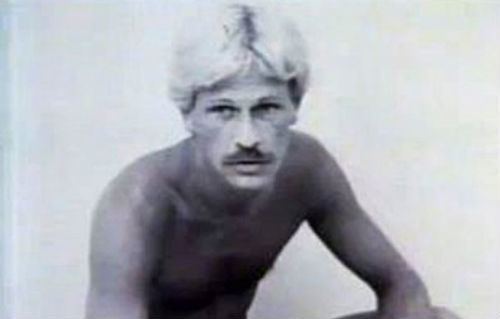Nationality Canadian | Name Gaetan Dugas Role Flight attendant | |
 | ||
Known for Widely reported as patient zero for AIDS Similar People Randy Shilts, Robert Rayford, Paul Popham, Mary Mallon | ||
Gaëtan Dugas ([ɡaetɑ̃ dyɡa]; February 20, 1953 – March 30, 1984), a Canadian flight attendant, was a relatively early HIV patient who once was widely regarded as "patient zero" for AIDS in the United States; his case was later found to have been only one of many that began in the 1970s, according to a September 2016 study published in Nature.
Contents

In March 1984, a Centers for Disease Control and Prevention (CDC) study tracked the sexual liaisons and practices of gay and bisexual men, especially in California and New York. Dugas was code-named as "patient O" (pronounced "oh", and standing for "Out-of-California"); misconstruing of the letter "O" as 0 (zero) led to the origin of the term "patient zero" as a synonym for "index patient".

Dugas worked as a flight attendant for Air Canada, and died in Quebec City in March, 1984, as a result of kidney failure caused by AIDS-related infections.
"Patient Zero" hypothesis

A study published in The American Journal of Medicine in 1984 traced many early HIV infections to an unnamed infected gay male flight attendant. Initially, however, the CDC researcher, who was studying cases in Los Angeles, California, referred to Dugas not as "patient zero", but as "patient O", the letter "O" standing for "outside California".

Dugas is featured prominently in Randy Shilts's book And the Band Played On: Politics, People, and the AIDS Epidemic (1987), which documents the outbreak of the AIDS epidemic in the United States. Shilts portrays Dugas as having almost sociopathic behavior by allegedly intentionally infecting, or at least recklessly endangering, others with the virus. Dugas is described as being a charming, handsome, sexual athlete who, according to his own estimation, averaged hundreds of sex partners per year. He claimed to have had over 2,500 sexual partners across North America since becoming sexually active in 1972. In David France's 2016 book How to Survive a Plague, Shilts's editor expressed his regret for having "made a conscious decision to vilify Dugas in the book and publicity campaign in order to spur sales."

Genetic analysis historically provided some support for the Patient Zero theory, in which Dugas was believed to be part of a cluster of homosexual men who traveled frequently, were extremely sexually active, and died of AIDS at a very early stage in the epidemic.
Re-examination of "Patient Zero" hypothesis

A number of authorities have since voiced reservations about the implications of the CDC's Patient Zero study and characterizations of Dugas as being responsible for bringing HIV to cities like Los Angeles and San Francisco. In the Patient Zero study, the average length of time between sexual contact and the onset of symptoms was 10 1⁄2 months. While Shilts's book does not make such an allegation, the rumor that Dugas was the principal disseminator of the virus became widespread. In 1988, Andrew R. Moss published an opposing view in The New York Review of Books.
A November 2007 article in the Proceedings of the National Academy of Sciences found that HIV was introduced to Haiti from Africa in 1966, and from Haiti to the United States in 1969. These findings appear to dismiss the Patient Zero hypothesis as it is popularly conceived—i.e. that Dugas was responsible for introducing HIV to North America.
In 2016, a group of researchers led by evolutionary biologist Dr. Michael Worobey conducted a genetic study that looked at blood samples taken from gay and bisexual men in 1978 and 1979 as part of a hepatitis B study, and based on the results of the data, concluded that Dugas was not the source of the virus in the U.S. "On the family tree of the virus, Dugas fell in the middle, not at the beginning." "Beliefs about Patient Zero," Worobey concludes, "are unsupported by scientific data." Worobey's paper, published in Nature in October 2016, finds "neither biological nor historical evidence that he was the primary case in the US or for subtype B as a whole."
A study by historian Richard McKay of Cambridge and others identified several causes for the Patient Zero myth. During early CDC analysis of cases in California, patient 057 (Dugas) was nicknamed patient "O" for "outside the area", but this was interpreted by others as Patient Zero. Dugas was particularly helpful in tracing his network of partners, which was further expanded because others remembered his distinctive name. Although many of the patients analyzed reported in excess of 1000 sexual partners, most remembered "only a handful" of names, making their contacts to other cases more difficult to trace.
Dr. Robert M. Grant, an AIDS researcher at the University of California, has stated: “No one wants to be the Patient Zero of their village. But this may be helpful because it says, ‘Just because you are the first to be diagnosed doesn’t mean you started the epidemic.’ ”
